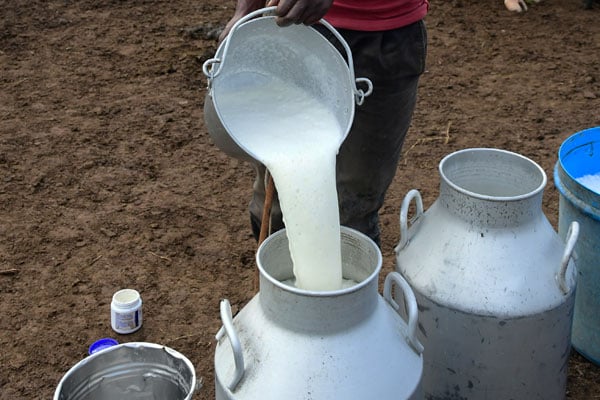Reduction in milk production causes butter scarcity

The supply and production of milk by-products has been impacted thus causing scarcity among some such as butter
What you need to know:
- Dairy Development Authority says there has been a reduction in milk production by 3.5 million liters per day
A reduction in milk volumes by about 3.5 million litres per day has impacted key dairy by-products, among them butter production, according to stakeholders in both the dairy and supermarket value chains.
Several supermarkets and consumers across Kampala have reported a shortage in butter supply, with the Dairy Development Authority blaming a reduction in milk production, occasioned by shortage of feeds and a prolonged drought in the cattle corridor.
Mr Ponsiano Ngabirano, the Capital Shoppers Supermarkets proprietor, yesterday indicated they had noticed a reduction in butter supply to reduced production by some manufacturers.
"The current shortage of feeds has resulted in reduced milk yields, ultimately affecting butter production," he said.
Uganda has over the years seen an increase in milk production and related products, but the country continues to experience uneven production patterns due to weather.
Agriculture Minister Frank Tumwebaze, pointed to erratic weather patterns as the primary cause of the current milk scarcity, noting that: "Most dairy farmers depend on rain-fed farming, which has been disrupted".
The shortage has also seen an increase in farm-gate milk prices with a litre now costing above Shs1,000 from just Shs450 early in the year, while the price of feeds has also gone upwards.
Milk production, Mr Sam Akankiza, the Dairy Development Authority executive director, said has experienced a significant decline from 10.2 million litres to 6.7 million litres per day, which could have impacted cream separation that accounts for 3.6 percent of the milk by-products.
Projections indicate that with the expected rains, milk production is expected to improve by December.
However, Mr Tumwebaze urged stakeholders in the milk value chain and government to work together in the adoption of supplementary feeding and zero-grazing (intensive farming) methods to maintain consistent milk production with the view of protecting the entire dairy sector from experiencing any further challenges.




